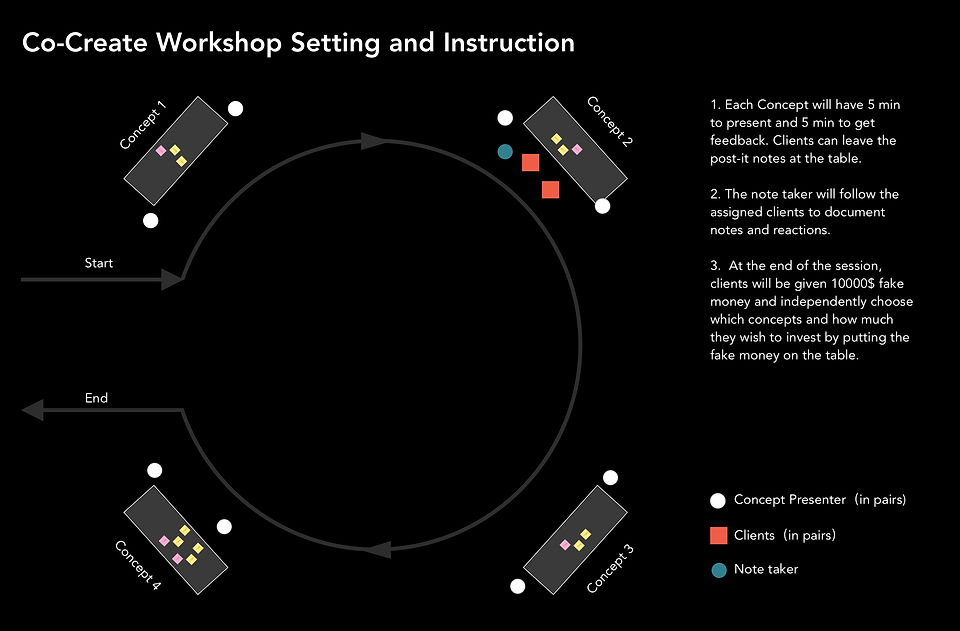Smarty: Poviding personalized services for high-risk patients to be better supported by the pharmaceutical industry in their medication regimen.
Duration: Jan 2020 - Mar 2020
Team: Matt Hawse, Jacaob Wynd, Margot Miller, Anlu Zhao, Shijie Luo
My Role: Research , UX/UI design for smarty app, service design, app prototype

Alliance
It's a unique opportunity to collaborate with 17 student designers, and 9 professional clients to develop solutions within the medical field. Our interdisciplinary team worked to understand and impact a system in need. From incumbents to startups, these stakeholders began a conversation around common needs and opportunities for relationships in healthcare to grow. Utilizing the knowledge and values provided by complimentary partners creates an Alliance showcasing their perspectives.
Intentional collaboration has the power to move industries in new and impactful ways. Often times, companies don’t have the opportunity to create the dialogue necessary to move collectively across the value chain. But imagine the possibilities of creating a new narrative connecting current leaders with future leaders. This type of collaboration, based on valuable research and design opportunities, gives students the opportunity to understand the working value chain of an industry and move it in ways incumbents and start-ups have yet to collaborate on.

How might we improve the in-home engagement experience enabled by active and passive data collection for at risk patients over the age of 45?
Process
Breaking Down the Industry
To better understand the large and complex healthcare industry, the first step in the process was to understand the landscape of the healthcare market. How does the industry look like and who is connected to whom? This gave perspective on the connections between relationships, or even the connections for innovation. From there, we narrowed our scope and found out the top 5 opportunities for us:
-
Social determinants of Health
-
Data Transformation
-
Remote Patient Control
-
In-home engagement
-
Services for Care Providers

Discover Opportunity Space
By using different methods, we gathered field and secondary research. Carrying out interviews and surveying passers-by, we surveyed 42 passers-by and carried out 6 in-depths client interviews, and collected more than 900 data points.


Insights Framework
Insights are at the heart
Through the affinitization process, we were able to obtain key user insights and user stories. We created the "Heart Framework" to organize the team's insights to identify users' needs and better communicate with partners.
We discovered that patients desire for
1. Efficient and in-time communication with care providers
2. Easy access to healthcare resources
3. Personalized care service
G.E.L.I. Diagrame

G.E.L.I. stands for Gender, Education of health literacy, Location, and Income. These four factors are deeply related to our research finding as they all have huge impact on social healthcare. By putting these four factors together in a framework, we would be able to narrow down our focus and develop a solution based on the relationship shown in the framework.
The GELI diagram helps visualize the opportunity areas within all these insights.
These blue oceans(opportunity areas) are where we can innovate to bridge the gaps between connecting to these other stakeholders. Visualizing the opportunity spaces helped us frame the insights into opportunity zones. The GELI diagram provided us with key parameters for us to go into trend research through that we identified four possible opportunity spaces.
Co-Create Workshop
We presented to our clients about our progress and invited them to co-create with us. We have designed both on-site and online workshops, and they are running at the same time. We present them with four opportunity spaces.
I participated in designing the workshop and facilitated the workshop served as a concept presenter for there concept "Digital twin"
1. Help team organized insights and start to generate opportunity space
2. Quick grasp clients' reaction and feedback to identify their true intentions
3. Each group will present the same concept 4 times, quickly iterate the concept
4.Take advantage of the experience and knowledge of clients, co-create with them
5. Identify what's our future steps

Four Opportunity Space
Click to Zoom
 |  |  |
|---|---|---|
 |
As the presenter of the Concept "Digital twin, " I researched this technology concept. I also have a background in computer science and service design; I believe this will be the future trend. Due to the limitation of time and technology we have, we didn't further develop the digital-concept. But Yuntong Sun and I wrote a research paper on this topic.
Click the icon on the right to read paper.
Service Design and the Digital Twin on Healthcare Industry
A Systemic Perspective
Creating Concepts
After we go through the co-create workshop, we gained valuable feedback and updated our final vision. The whole team separates into four small groups to further develop the updated concept.
How might we reduce the complexity of medical adherence?
Smarty helps patients at risk of medical non-adherence, simplifies their medication routine, and prioritizes communication with the pharmacist. Community integration and personalization encourage patients to take responsibility for their health while continuing to provide timely support.
User Journey Map

Click to Magnify
Service Blueprint
Click to Magnify

Prototype
I made these prototype and videos as final deliverable to demonstrate our concepts to the clients.
1. Notification:
It notifies patients when it is time to take medication and alerts them if they have missed a dose.
2. Connect with Pharmacist:
It connects patients quickly and easily to their pharmacist, allows them to chat or call or even make an appointment.
3. Community Discussion:
It connects patients to a community of others with similar ailments. Through the community, patients are able to ask general questions and share relevant research.













